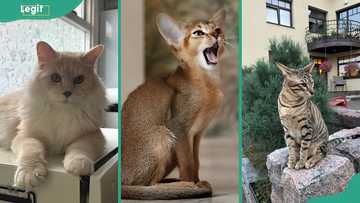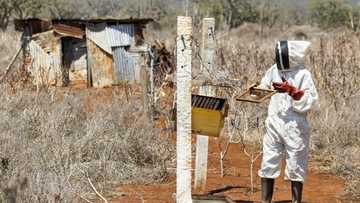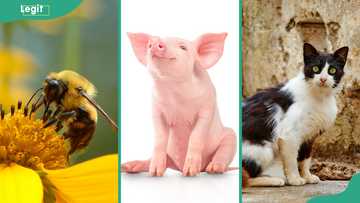What do bobcats eat? Fun facts about bobcats' diet and lifestyle
Bobcats, also known as red lynx, are fascinating creatures with impressive hunting abilities. These mid-sized felines thrive in various habitats, from forests to deserts. Bobcats are crucial for maintaining balanced ecosystems, from dense forests to open fields. But what do bobcats eat? Unlike domestic cats, bobcats are true hunters, targeting anything from small rodents to larger animals.
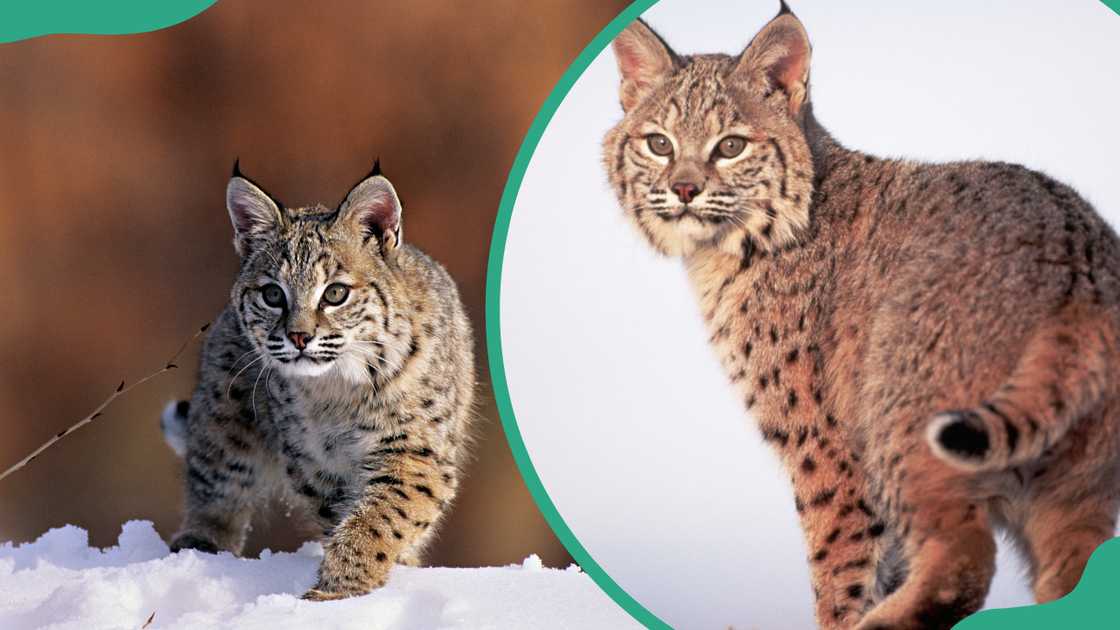
Source: Getty Images
TABLE OF CONTENTS
Did you know bobcats are excellent climbers and can run up to 30 miles per hour (48 km/hr)? These felines stalk their prey with unparalleled patience and are most active at dawn and dusk. Understanding the diet of these adaptable predators offers insight into their survival skills and role in the ecosystem.
Key characteristics of bobcats
Kingdom | Animalia |
Phylum | Chordata |
Class | Mammalia |
Order | Carnivora |
Family | Felidae |
Scientific name | Lynx rufus |
Average lifespan | 7–12 years in the wild; up to 20 years in captivity |
Location | North America, from southern Canada through the United States to northern Mexico |
What do bobcats eat?
Bobcats consume smaller mammals like squirrels, mice, and rats and larger prey like fawns, feral cats, wild birds, and occasionally domestic chickens. Although rabbits and hares are their preferred food, bobcats will hunt larger animals when necessary. This flexible diet largely depends on the prey available in their immediate surroundings.
In New England, snowshoe hares are a staple. Per the National Trappers Association, Bobcats rely on cottontails, jackrabbits, or snowshoe hares for 75% to 90% of their diets. These areas, known as dense understories, are rich in hardwood trees, making them ideal habitats for bobcats and prey.
Bobcat diet in snowy regions
In winter, bobcats in snowy areas adapt by hunting various animals, such as red squirrels, grouse, woodrats, and smaller animals like mice and voles. Larger prey like deer and moose may also be available, particularly as carrion.
Bobcats are fast animals and can run up to 30 miles per hour (48 kilometres per hour) for short distances while hunting. Below is the winter diet breakdown for bobcats.
- Red squirrels: Over 50% of the diet.
- Mice and cotton rats: 25%
- Snowshoe hares: 12%
- White-tail deer: 8%
- Grouse: Less than 8%
Bobcat diet in mountain ranges
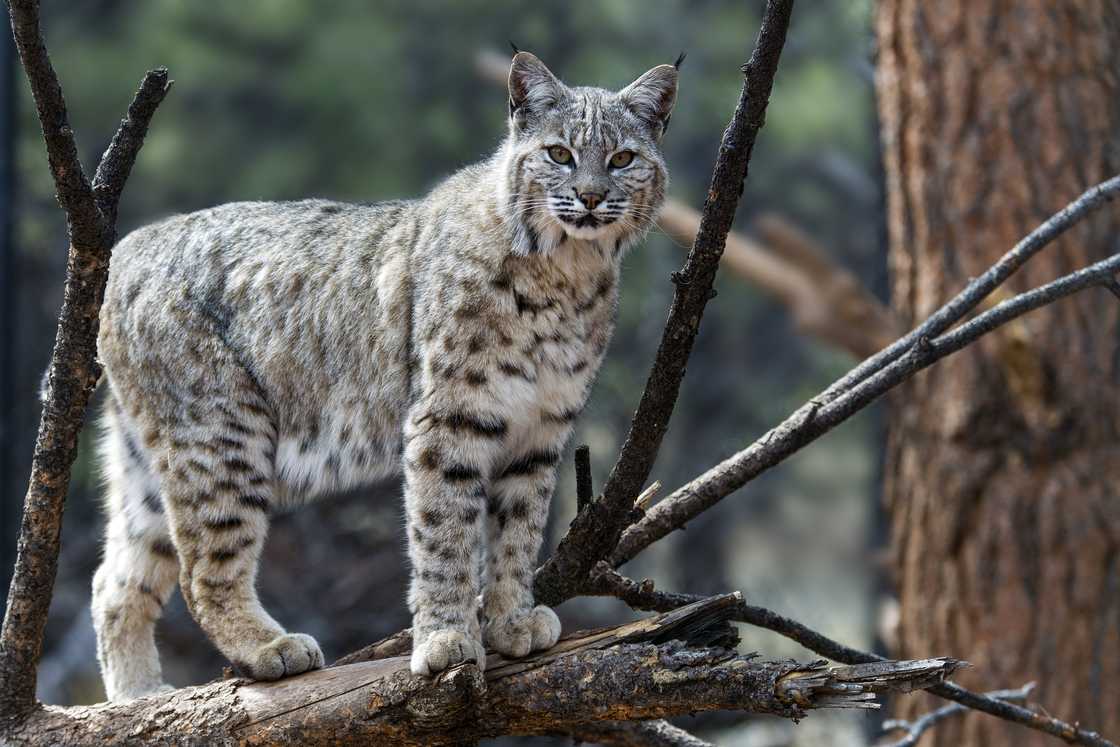
Source: Getty Images
Bobcats in mountainous regions like Oregon’s Cascade Mountains display an adaptive diet. A 1988 study in this area revealed that these wild felines primarily hunted:
- Snowshoe hares: 30% of the diet
- Black-tailed deer: 22%
- Mountain beavers: 12%
- Rodents and moles: 9% in winter, rising to 37% in spring
- Birds (mainly grouse): 10%
Bobcats' diets change with the seasons. During spring and summer, they consume more rodents and beavers, especially squirrels, which are more active in warmer months.
Do bobcats eat eggs?
Bobcats eat reptile eggs like sea turtle eggs and Burmese python eggs. They are opportunistic carnivores, which means they will eat various food sources, including eggs. In 2022, a bobcat was the first documented animal to eat Burmese python eggs in Florida's Everglades.
Where do bobcats live?
By day, bobcats rest in dens within hollow trees or rock crevices. They are territorial animals and tend to mark their range with scents and distinctive claw markings on trees to signal their presence. Male bobcats claim large territories that overlap with several smaller female ranges.
Are bobcats omnivores?
Though primarily carnivorous, bobcats occasionally consume various plants and fruits, especially when their primary prey is scarce. These cats nibble on berries, grasses, or other vegetation in leaner seasons. However, their diet is protein-centric as these occasional plant intakes do not alter their classification as carnivores.
Are bobcats aggressive?
Bobcats are non-aggressive towards humans and prefer to avoid contact. While they can defend themselves if threatened, attacks on people are rare. However, these animals can be aggressive if they feel threatened or are startled.
Can bobcats be pets?
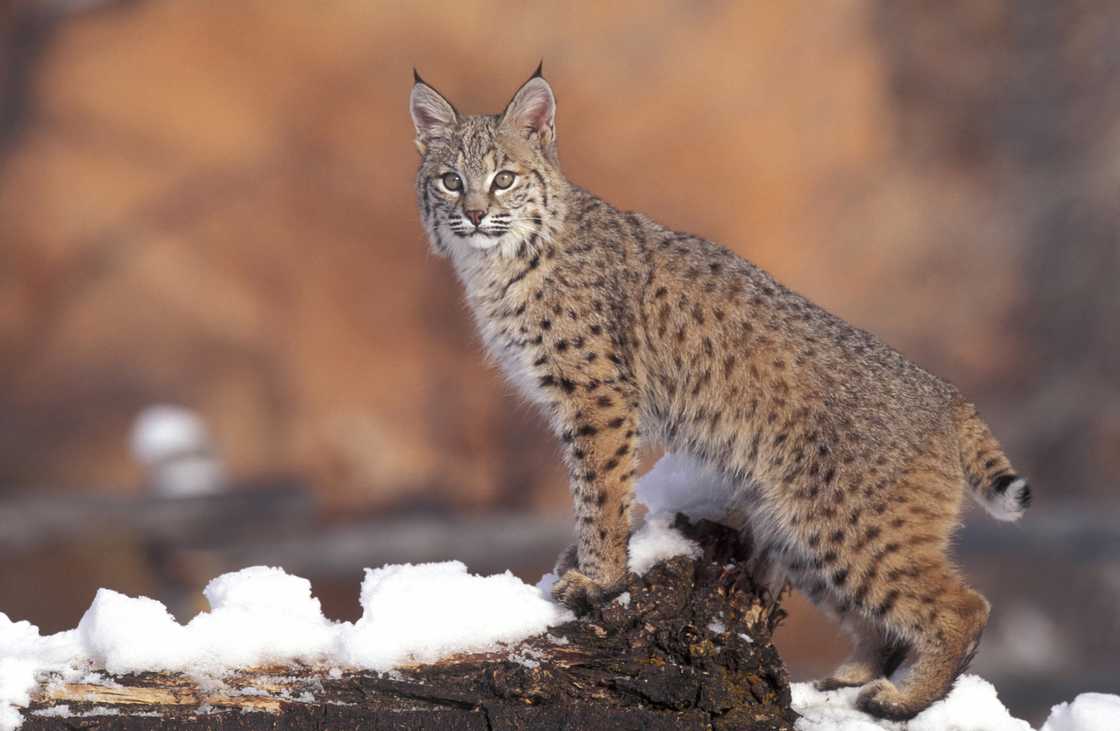
Source: Getty Images
While some states permit bobcats as pets, this is not common practice. Their wild instincts and potential risks make them unsuitable for domestic life. States like Nevada, Alabama, North Carolina, Wisconsin, and South Carolina allow bobcat ownership. Other states require a special permit or registration for your bobcat.
What do bobcats like to eat the most?
Bobcats are meat-loving mammals that prefer small to medium-sized animals. Their preferred prey include rabbits, hares, and various rodents. They also eat birds such as grouse and quail and occasionally domestic fowl when available.
What are bobcat babies called?
Like domesticated cats, bobcat babies are called kittens. They live with their mother for at least nine months but can sometimes live with them for as long as two years.
If you are wondering, "What do bobcats eat?" These felines are obligate carnivores who thrive on a diet of small to medium-sized animals like rabbits, rodents, and birds. Their food choices vary by habitat, season, and prey availability. When primary prey is scarce, they may hunt larger animals like deer or rely on carrion.
Legit.ng recently published an informative post about X-ray fish facts. The X-ray fish, a distinctive species native to South America, is also known by various names, including water goldfinch, golden Pristella tetra, and X-ray tetra.
The X-ray fish is a rare species, and many people have no idea where or how they look. Despite their transparent skin, numerous fascinating details about them exist. Discover more intriguing facts about X-ray fish in the article.
Source: Legit.ng


